On 24 February 2022, Russia launched a full-scale invasion of Ukraine. The fighting ever since has led both sides to use up arms and ammunition at a rate not seen in Europe since World War II. To sustain the fight, Ukraine needs a continuous supply of weaponry. In response, the United States and many European countries have transferred large amounts of arms and equipment to Ukraine. These supplies are now running low and European governments are busily working not only on supplying Ukraine and replenishing their own stocks, but also on acquiring new weapons and equipment in the largest rearmament effort in Europe since the 1950s. To speed up deliveries, the EU agreed in March 2023 to launch a ‘Collaborative Procurement of Ammunition’ project to which EU Member States and Norway have signed up to aggregate orders and place them together with industrial partners through the European Defence Agency (EDA).
However, despite these endeavours, much criticism has been levelled at the slow pace of rearmament. Many argue that more European cooperation on defence acquisition and arms procurement would not only make buying arms faster and cheaper, but also strengthen the European defence industrial base by consolidating demand.
But why are EU Member States buying so few weapons together, and is buying together always better? In contrast to much conventional wisdom, this Brief argues that European countries are likely collaborating far more on defence acquisition and arms procurement than is commonly believed, as not all armaments collaboration is reported by Member States. Thus not all such efforts are reflected in the official data. By focusing more on desired output and pragmatic forms of collaboration rather than artificial benchmarks, and using existing tools and instruments, the EU and its Member States may be able to better collaborate on defence acquisition and arms procurement, where and how it makes most sense.
This Brief consists of three main sections. The first section reviews the arguments for and against more collaboration and the record of European armaments collaboration. While the record is mixed, this Brief argues that the key is to better understand under what conditions common defence acquisition and joint arms procurement make most sense (and when it does not). To facilitate understanding, the following section proposes a typology of six different options for collaboration labelled: (1) common acquisition;(2) joint acquisition; (3) parallel acquisition; (4) common procurement; (5) joint procurement; and (6) parallel procurement. The third section presents different options for managing the various forms of collaboration.
Read the brief – visit the EUISS website.







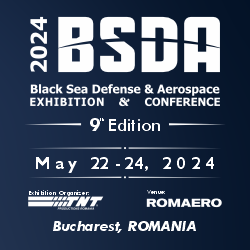


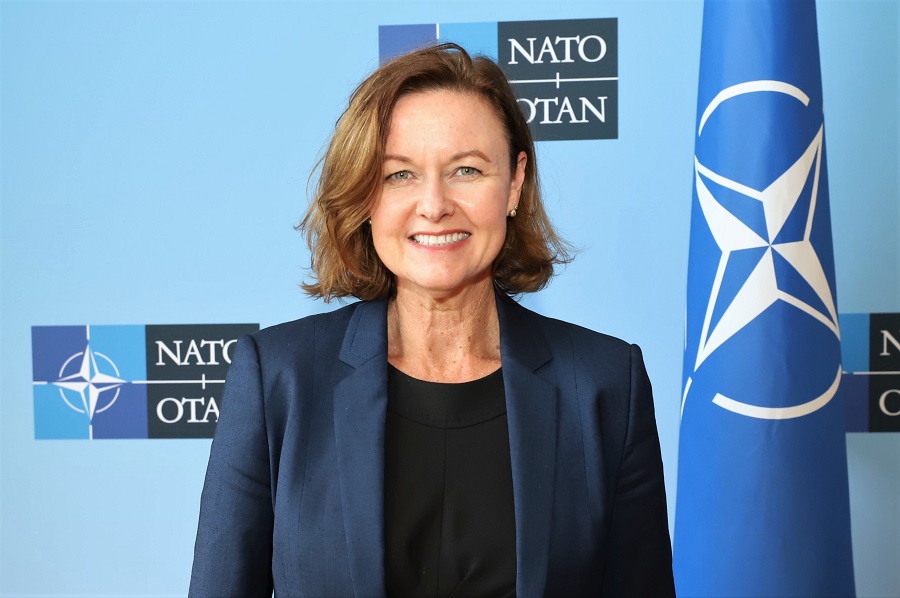



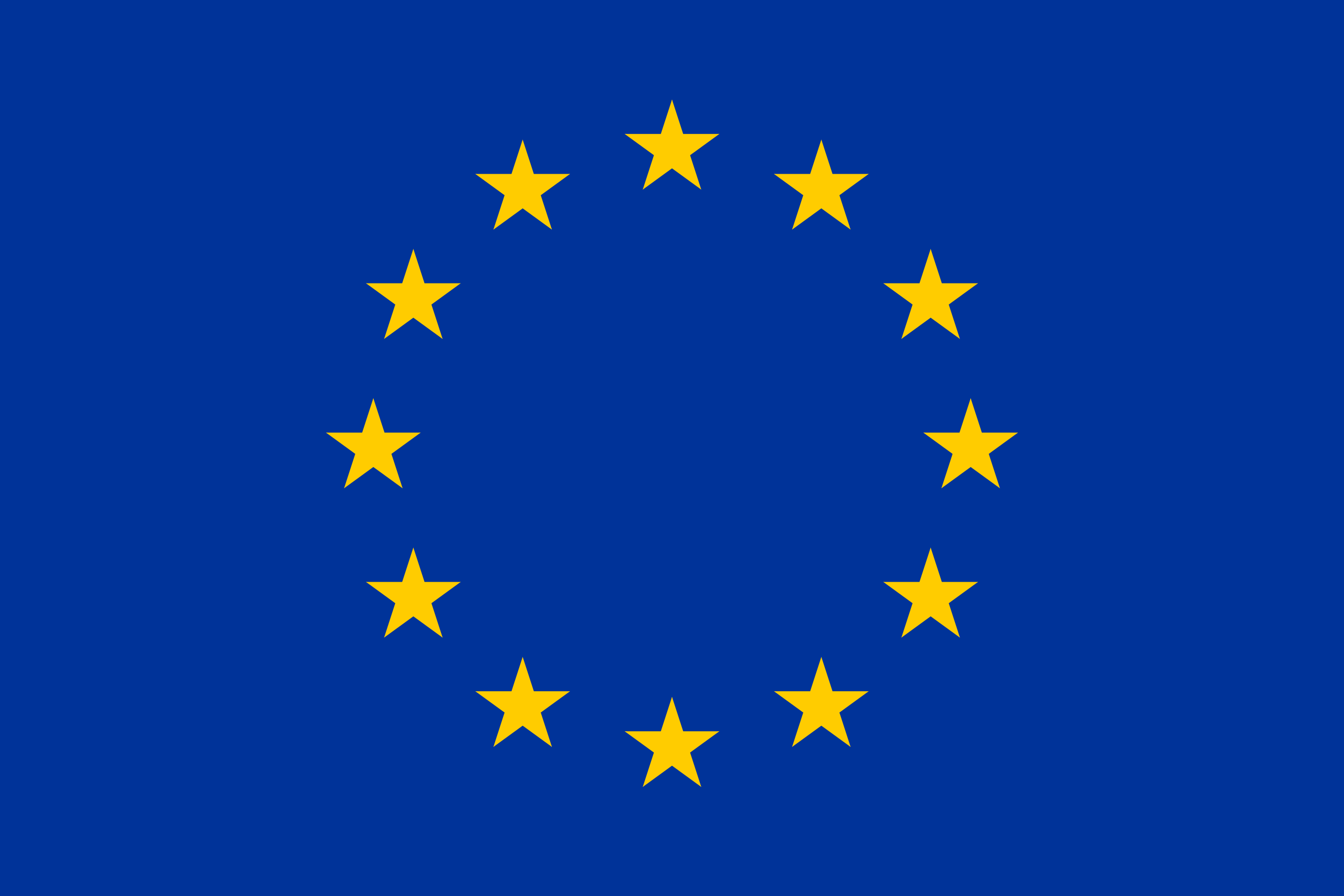


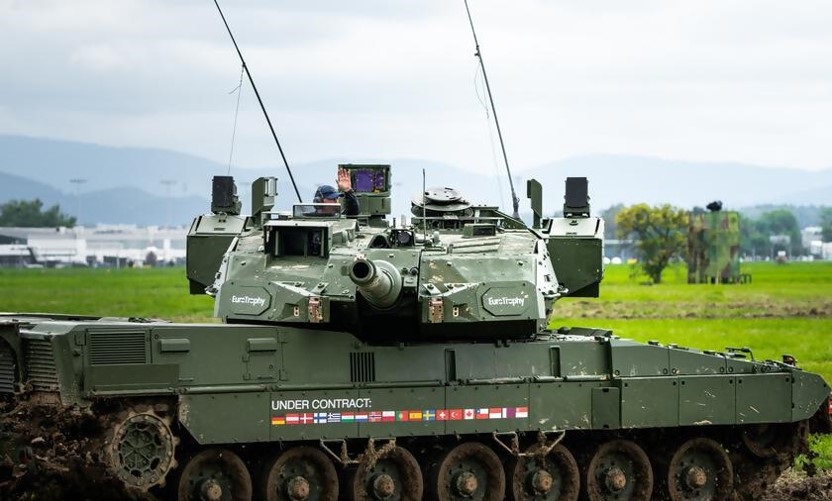


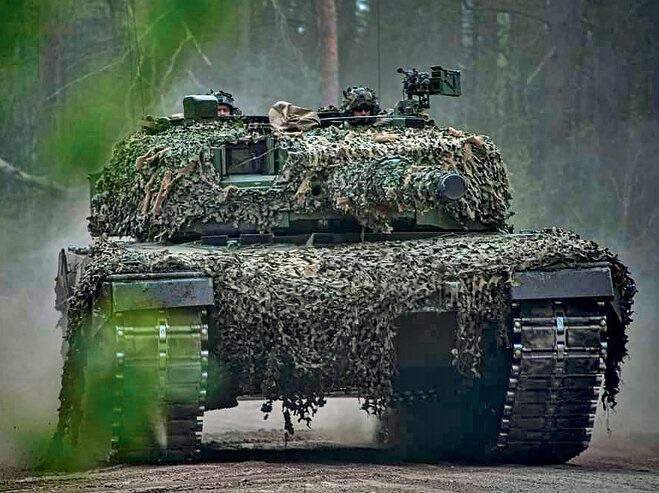
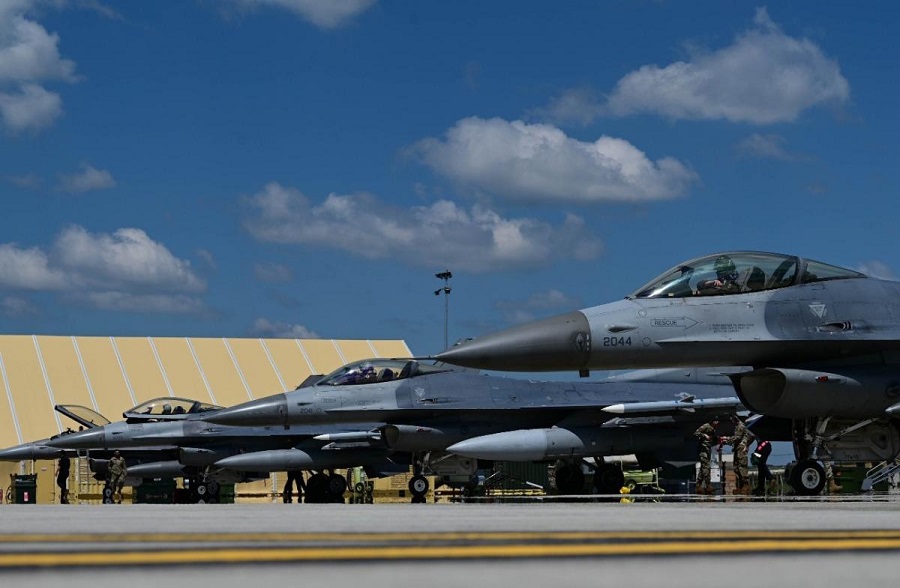
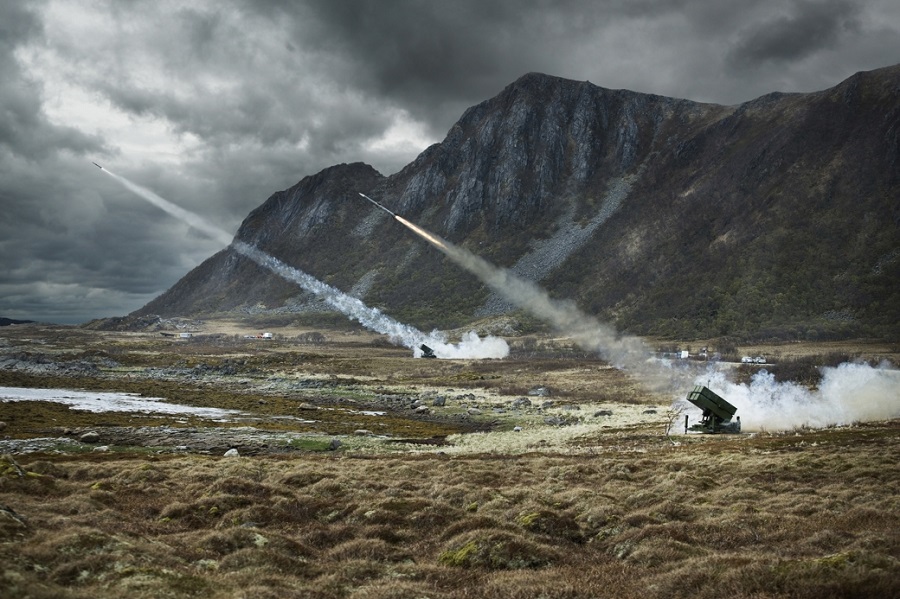


![NATO to consider increasing, stabilising support for Ukraine [BRIEF]](https://defence-industry.eu/wp-content/uploads/2023/12/Diehl-Defence-EUR-600-million-order-for-IRIS-T-SLM-air-defence-system.jpg)

